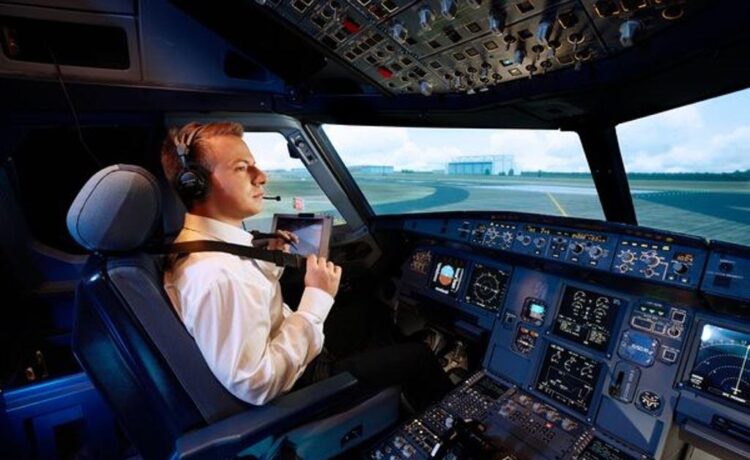The use of flight simulators in pilot training is quite as extensive as the benefits are. Online pilot training, such as the Avsoft online pilot training, deploys online lessons, as well as simulated flights, to deliver training programs of a high-quality. Although this type of pilot training has been around for a long time now, more developments are added constantly to make it even better.
Flight simulators are computer-based devices or programs that developers use to create artificial flight scenarios for training and design purposes. A flight simulator is a system of electronic and mechanical parts that move in response to an input. The system responds via haptic feedback so that users know immediately what actions their inputs trigger. Simulators cost far-less than an aircraft and are therefore the best way to provide risk-free pilot training. Their applications are also in recurrent training and valuation exercises.
Aviation academies provide online pilot training alongside simulators. For example, the Avsoft online pilot training is fully optimized for deployment and incorporation of flight simulators. Pilots can take their online lessons via the software and practice with simulators.
Advantages of flight simulators
- Risk-free: Providing a safe environment for pilots to train, and yet have a real-like flying experience is unbeatable. This not only reduces the risk of accidents but helps the pilots become familiar with the aircraft while building confidence and skills.
- Modifiable situations: Flight instructors can modify simulated conditions to reflect the lessons taught and give the pilot a better understanding. With this, they can plan for flights and practice navigational processes.
- Learn communications: Basic Air Traffic Control communication can be learned and practiced using flight simulators. Learning this can be very challenging at first, but constant practice brings proficiency. A simulator offers pilots this chance via radio communication units embedded in it.
- Cost-effective training methods: Considering that simulators are hundreds of times cheaper than aircraft, it is a wise financial decision to use them to educate new pilots until they improve. This improvement can be to an extent where the risk of accidents is reduced greatly, and they can fly aircraft. Other overhead costs such as insurance, fuel, instructor, and maintenance fees are cut to affordable limits. The Avsoft online pilot program also offers this advantage to training academies.
- Practice builds memory: As pilot cadets practice with simulators, their neurological and muscular pathways tend to remember the motions and processes they go through. And so, after a minimum of 50 hours, the cadets are ready to begin real flights.













